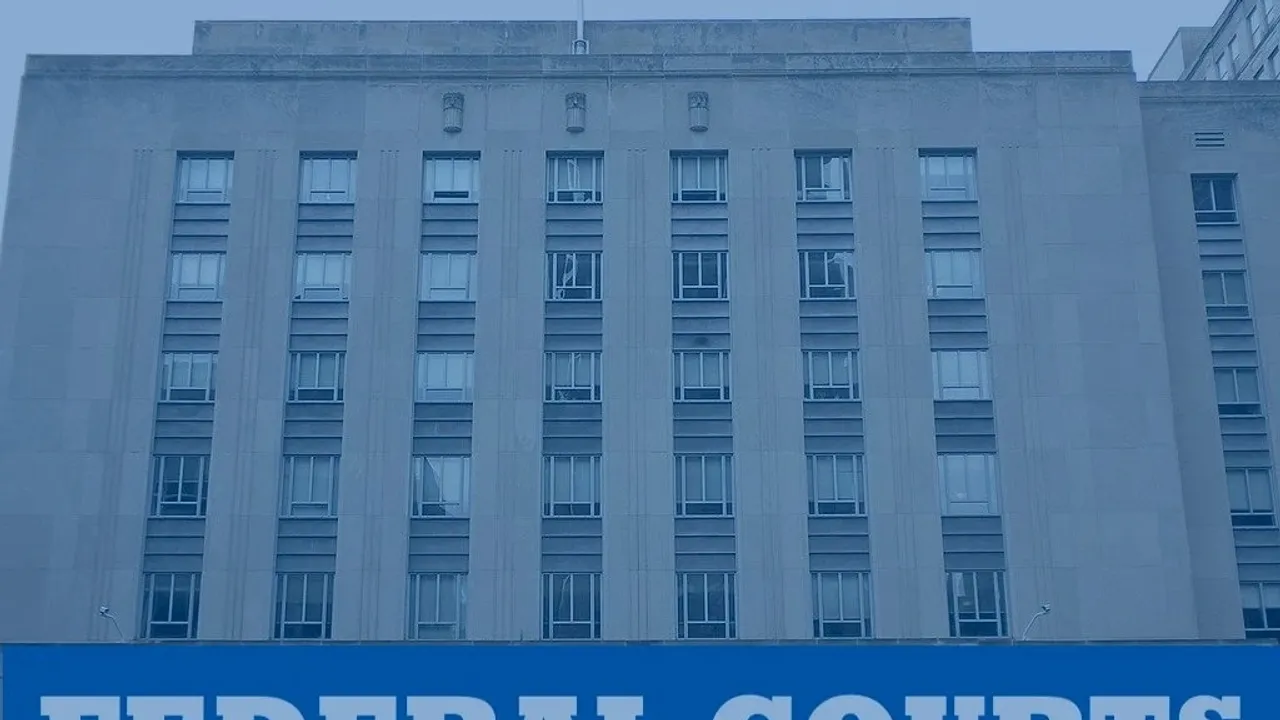
A family decides to fight against racial bullying at the esteemed Haverford School after the school fails to protect their child. This shows that even prestigious private schools can fail at creating a safe and supportive environment, emphasizing the need to hold these institutions responsible for their actions.
A storm is brewing in the calm and respected halls of what many consider a place of high-quality education and the development of good character. This is a story told from the perspective of a parent who is struggling to accept that even prestigious private schools are not immune to the harmful effects of bullying. It is not just a story of facts and figures, but one that delves into the emotions and personal growth of individuals, as well as the unwavering quest for justice in the face of difficulties. At the center of this narrative is a family’s experience, as they fight against discrimination and bullying at the Haverford School, igniting a larger conversation about the importance of accountability and the learning environments we choose for our children.
The Unveiling of a Harsh Truth
The story begins with James, the youngest member of an African American family, who was very excited to learn and grow at the Haverford School. However, the reality he faced was completely different from the academic excellence and camaraderie he had hoped for. Instead of a positive experience, James encountered various difficulties at school, including both physical and verbal abuse. This bullying, which involved racist comments and aggressive behavior from a white student, was not a one-time event but a constant presence in his daily life at school. Despite reaching out for help multiple times, the school administration, including a teacher and the dean of students, reportedly ignored James’s pleas, leaving him and his family to face the challenging environment on their own. This was especially disappointing as the school was supposed to provide a safe and nurturing space for him.
A Family’s Quest for Justice
In English, the paragraph can be paraphrased as follows: The family’s refusal to stay quiet demonstrates the strength and determination of the human spirit. They have chosen to take legal action, showing bravery and demanding that the Haverford School be held accountable. This includes seeking compensation and punishment, as well as requesting a refund for tuition, highlighting the school’s failure to provide the safe and supportive learning environment it claims to offer. Judge John F. Murray has been assigned to handle this legal battle, which goes beyond just the individual case of James. It represents a stance against racism and the disregard for student well-being. It serves as a clear message to educational institutions everywhere to reflect on their practices and ensure they align with their supposed values of inclusivity and respect.
Also Read: Earth Day 2024: Planet vs. Plastics – Petitions and Education for a Plastic-Free Future
Beyond the Courtroom
The consequences of this case extend beyond the legal boundaries and have an impact on the emotional and intellectual development of children when they encounter such difficulties. It serves as a powerful reminder of the significance of providing a supportive environment for young minds, and highlights the evident differences in experiences based on race, even in exclusive educational institutions. As the family deals with this challenging situation, their experience provides valuable knowledge and guidance for other parents who are dealing with bullying. It emphasizes a truth that applies to everyone: the decision of where our children are educated has a deep impact, shaping not only their academic achievements but also their emotional state and perspective on the world.
Ultimately, this story is not solely focused on a legal case or the specific shortcomings of a single organization. It serves as a wider discussion about the obligation of society to create nurturing and non-discriminatory environments where all children can thrive. It urges schools, parents, and communities to contemplate, reconsider, and reaffirm their commitment to the fundamental principles of education. As the narrative unfolds, it serves as a reminder that the true value of an educational institution lies not in its reputation or exclusivity, but in its ability to protect and foster the potential of every child under its supervision.
